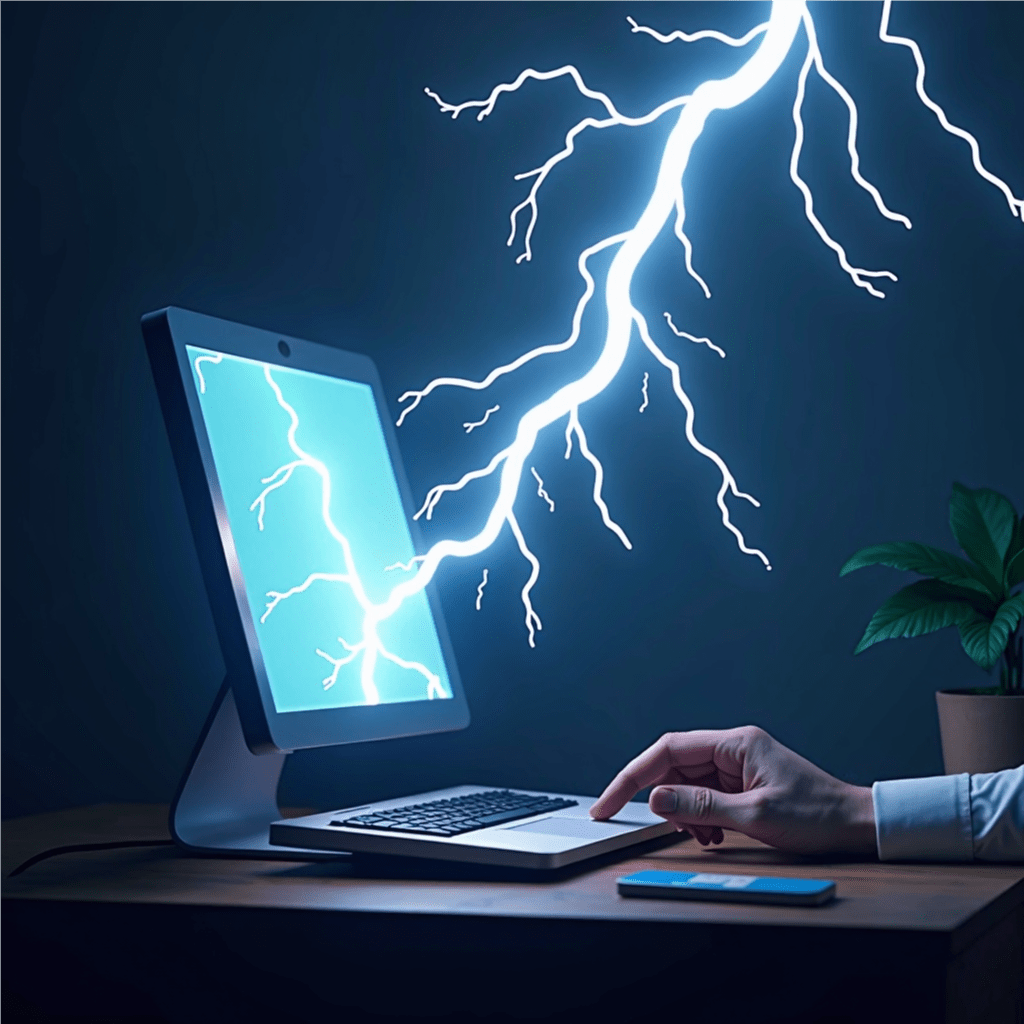Backup, Backup, Backup, did I mention Backup? – I could not stress this enough, once it’s gone, it’s gone. I have the really important stuff in the cloud, on an external SSD, and on more than one system. Call me paranoid, but I learned this the hard way.
I pulled one of my external hard drives that I use for archival purposes off the shelf to grab some old data and yes I did get the small piece of data that I needed. Then right after that I tripped over the power cord plugged into the drive… Things really do go in slow motion while a catastrophic event occurs. Well you know what happened next, two terabytes of archival gone in an instant. Once the drive hit the floor, I knew it was game over.
You don’t have to be as paranoid as I am with all your data, just the extremely important stuff. The regular stuff you should have at least one ‘copy’ somewhere.
External Storage/Multiple Systems
This was the most common method of backing up your stuff. First it was tape drives, then high capacity floppies (remember those ZIP drives), then CD/DVD RAM drives, to portable HDD/SSD. Today I recommend SSD (Solid State Drives), as they are not as fragile as HDD (Hard Disk Drives).
- Pros
- Small and light, take them almost anywhere
- High capacity, stores lots of files.
- Relatively inexpensive per MB/GB
- Cons
- Can be lost or stolen
- Can be damaged or destroyed
- How long will they last before data degradation is unknown
Cloud Storage
With internet being almost available everywhere there is modern civilization, backing up your stuff to the cloud is becoming more of a viable option. With some big tech companies offering limited free storage (Microsoft, Google, Apple, AWS, IBM) and many more offerings (Dropbox, IDrive, pCloud, Proton Drive, Sync) you have many features and options to choose from.
BTW: If you are keeping any files on OneDrive and are switching OS it is recommended to keep a copy elsewhere just in case you lose access to OneDrive after the switch (ex: lost password/URL). There are ways to access OneDrive from Linux, however, it is better to be safe than sorry.
- Pros
- Off site – can’t be destroyed by any local disaster
- Scalable – need more space, order more
- Usually free for small personal archives
- Cons
- Only available if there is an internet connection
- Security concerns (privacy, data breaches)
- Reoccurring fees if need more than the free offerings
It is your choice which method you choose to backup your data, just make sure you do it. Especially if you are going to make changes to your system or get your computer worked on by someone else. It becomes even more difficult to retrieve your data if your system does not start on its own, which can happen if your system’s configuration or hardware is being messed with (even when it’s not).
If changing your OS, then it is defiantly a must to have a copy of your data somewhere else. Removing one OS and replacing it with another will destroy the data that is on the same drive as the OS. Not as likely, however, it is possible having the data on another drive in the same system can also become irretrievable. It is best that all data in the computer is backed up before working on or having the computer worked on for any reason.
Related YouTube Videos

